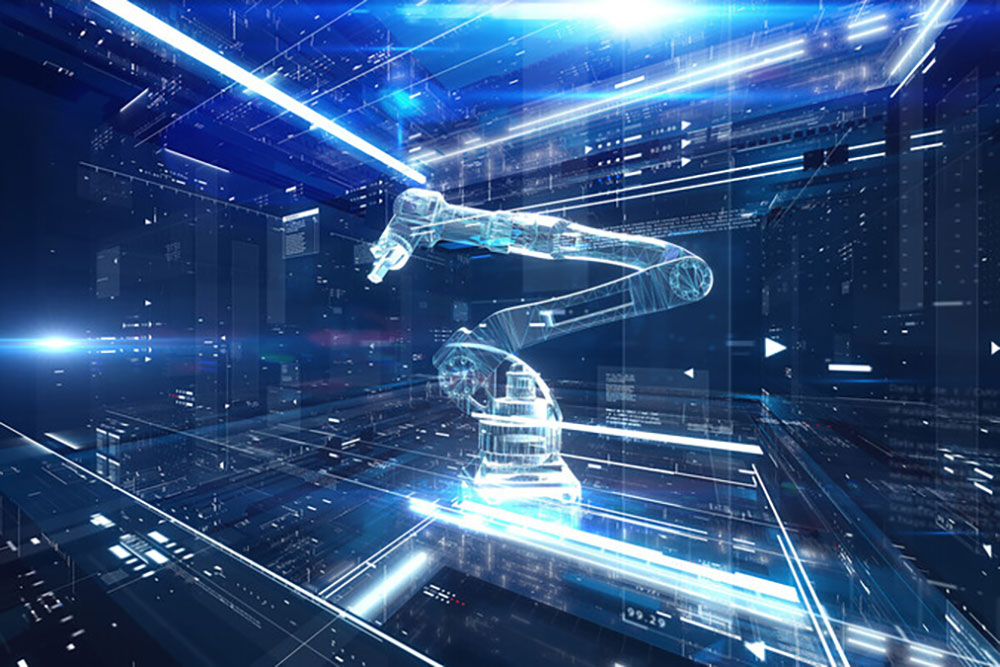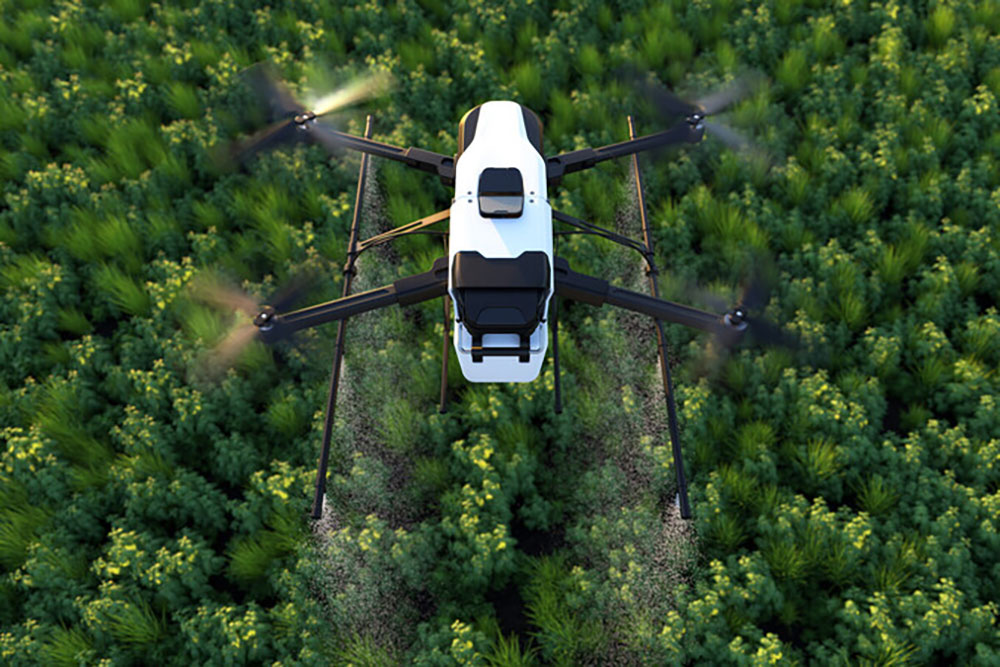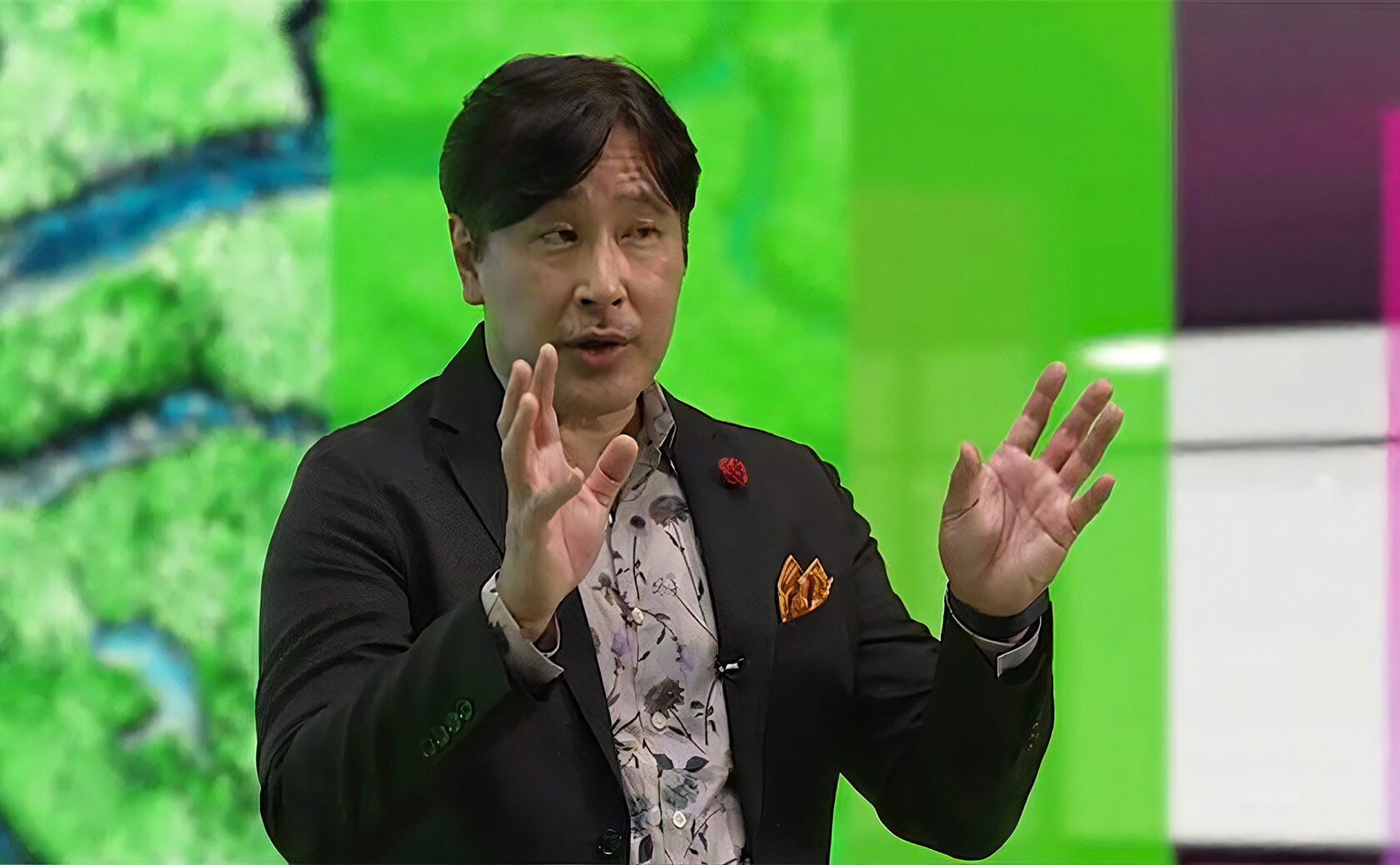Manufacturers have an Operational Technology ace up their sleeve for emissions reporting
Fujitsu / May 15, 2023
How do you know when you are making progress toward net zero? More than six in ten C-level leaders at large global companies have set a net-zero emissions target for their organization, according to a 2023 global survey by MIT Technology Review Insights(*1). And 83% of those are using digital technologies to help them achieve it.
When measuring progress, more and more organizations are using "scope" emissions monitoring derived from the Greenhouse Gas (GHG) Protocol(*2) to understand their GHG impact, reduce emissions, and disclose performance to stakeholders and regulators. The three scope standards are scopes 1, 2, and 3, with an emerging scope 4. Scope 3 is currently the area of greatest interest as it assesses emissions from sources related to organizations’ indirect activities, such as its supply chain, business travel, and waste disposal.
This is not a here-today-gone-tomorrow trend. Major organizations — companies, NGOs, government agencies, and universities — are on this path. The full GHG Emissions Dataset(*3) covers over 8,900 companies, and GHG Protocol funders(*4) include the China Business Council for Sustainable Development, Ford, Microsoft, PepsiCo, SwissRe and Toyota. Most are now moving to scope 3 monitoring.
(*2) Scopes are a widely used standard for corporate GHG accounting and reporting developed by the World Resources Institute (WRI) and the World Business Council for Sustainable Development (WBCSD).
Secure IT/OT Integration for ESG Monitoring and Reporting
If this sounds like progress, let’s introduce a note of caution. Even measuring emissions annually is not enough. The information provided is valuable as a snapshot of progress but not enough to enable day-to-day improvements. For that, you need a much more granular level of monitoring and reporting. Only then can organizations take remedial actions from the scope's emissions insights to make radical GHG reductions towards net zero.
Manufacturers have a potential ace to play here because the data needed probably already exists. However, it is generally easier to obtain in operations within the IT domain, such as Enterprise Resource Planning (ERP) systems, where data is easily captured, analyzed and managed. On the other hand, physical layers of operational technology (OT) equipment are often hard to reach for data analytics, as they produce data in specialized formats not easily integrated into an IT environment.
Efforts to bring IT and OT together go back decades. For example, the Purdue Enterprise Reference Architecture (PERA) integrates applications across five layers. Layers zero to three are the OT equipment typically found on the shop floor, and layers four and five contain business logistics systems, such as ERP. And because factories usually have several different automation line suppliers, the OPCUA (Open Platform Communications Unified Architecture) enables integration of their disparate data protocols.
However, the integration of IT and OT also presents significant cybersecurity challenges. OT is no longer air-gapped from IT networks, so it is more vulnerable to cyber-attacks, such as ransomware. If a bad actor gains access to Industrial Control Systems (ICS) in PERA levels 1-3, they have an open door to all your equipment, and production can be stopped, slowed down, or worse. It's a dilemma because without connectivity, there is no digitalization, and very few companies feel they have the option to keep OT isolated anymore.
But get this wrong, and the consequences can be catastrophic. A European mining company in South America experienced this when the outfall sluices from slurry reservoirs opened catastrophically. These lakes capture the chemicals used in mining operations and allow clean water to be released into rivers. When they opened, contaminated water flooded out, resulting in 270 deaths, an environmental disaster, huge fines, and a shredded corporate reputation. The company insists the reservoir dam was in full working order, which narrows down the list of possible causes. Imagine if the disaster was caused by a bad actor.

Integration of IT and OT presents significant cybersecurity challenges
Real life IT/OT and AI Integration Examples
With such high risks, it’s fortunate that manufacturers can achieve secure IT/OT integration. Our approach at Fujitsu is to separate IT and OT in the cybersecurity context but combine them when it comes to dataflows. I won’t explain the steps here, but the reward for this work is secure access to accurate production data as the foundation of strategies to drive manufacturers toward net-zero targets.
It’s not like that happens magically, however. Once OT connectivity and security are in place, then AI provides the real opportunity to discover inefficiencies. Manufacturers might be already reporting on energy use for GHG Protocol compliance but not why it might be higher than usual on a particular day, shift or machine — and how to reduce it.
We worked on a real-world example of this involving industrial potato slicers. When they get blunt, they work slower and use more energy per production unit. Also, the slices gradually go out of specification for the following process, bringing further energy implications down the production line. Parts start to grind away, causing more damage (and downtime) than if the issue were caught earlier.
One way to detect this is through sound profiles. We’ve all heard stories about operators so attuned to their machines that they can tell when “something isn’t right” — just by listening. AI “digital ears” can hear defects in real-time at a level of granularity that is not audible, even to experienced operators. It’s like the Shazam music identification app – for factory OT. Specific defects make distinct noises. And AI can detect these far earlier than even your most experienced people. It can look on the HR system to see who is qualified to work on that equipment, discover who is on shift, and – importantly – who is nearby – then send them an alert.
We’ve introduced digital ears at Heathrow Airport, London, using AI to detect the use and misuse of aircraft Auxiliary Power Units. The data collected is delivered in real-time on a web-based dashboard and enables airports to reduce fuel use, noise and nitrous oxide environmental pollution and increase operational efficiency.
Of course, AI can identify multiple, subtle signals (not just sounds) 24/7 and make intelligent decisions to change production to maximize production efficiency, minimize energy use, and keep everyone safe.

AI provides the real opportunity to discover inefficiencies
Beyond integrating AI in OT
The macro-scale change we need to hit net zero will be the product of millions of micro-improvements. Nearly 20% of global GHG emissions come from the manufacturing industry, according to the International Energy Authority (IEA). On current trends, by 2050, the growth in worldwide population and the associated demand for manufactured goods will require at least twice the energy and materials we currently consume.
If we can get AI to understand people, products, and entire factories, then we can drive another 10-15% efficiency in manufacturing right around the world. That’s because an increase in energy efficiency and OEE (Overall Equipment Effectiveness) means I can make more products for less energy and cost.
That’s just the start. The combination of OT and AI has enormous implications for broader ESG issues. Scope 3 emissions reporting extends your responsibility up and down your supply chains. New laws from the EU place much greater liabilities on companies from decisions and actions taken across their value chains. Understanding what is happening “everywhere all at once” is a demand only AI-driven technologies can address.

Combining OT and AI has enormous implications for broader ESG issues
Explore manufacturing insights that benefit people and the planet
Sustainable Manufacturing
Fujitsu introduced a key focus area called ‘Sustainable Manufacturing’ as a part of its business brand, Fujitsu Uvance.
We support sustainable growth and the coexistence of nature and humankind through innovation in manufacturing, industry, and across the supply chain.

Johan inspires our customers to think of new ways of applying technology to traditional business functions and revolutionize the way they operate to increase productivity and prepare for the future.
Editor's Picks







